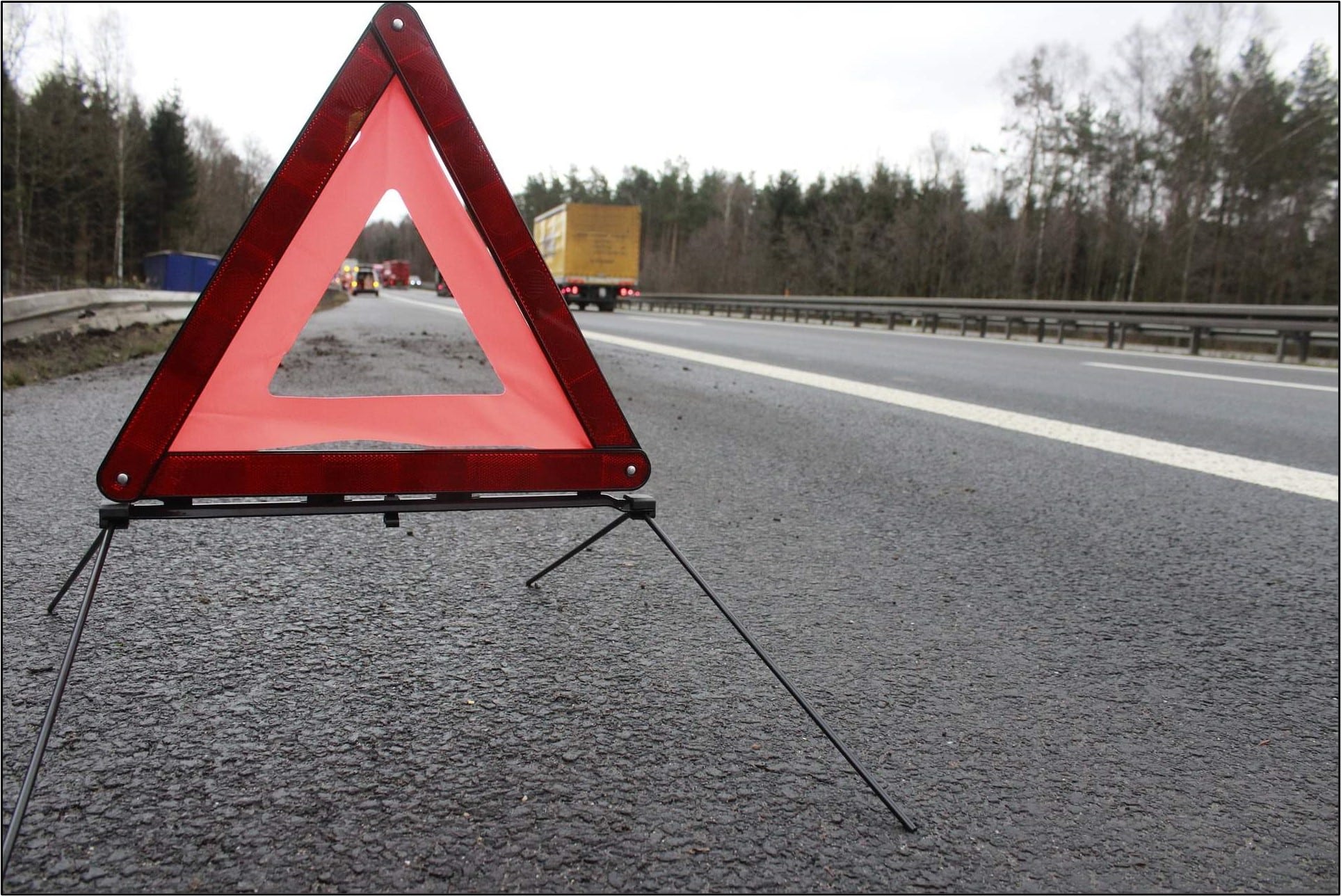For lawyers who represent injured people, some cases are much more challenging than others. For us, tough cases are an opportunity to get creative and find a way to win. In this post, we will discuss how we took a tricky case and got a great result.
The Crash
Our client, a middle-aged man, was driving to work on a major metro-Atlanta highway when he crashed into the back of an 18-wheeler’s trailer at high speed. The tractor-trailer driver had stopped behind a disabled passenger vehicle that was partly in the roadway – he wanted to help get the disabled vehicle out of the road. Our client received a ticket for crashing into the truck, and the truck driver did not receive one. Our client suffered devastating, life-changing injuries due to the crash. The crash happened in the early afternoon, in broad daylight, on a flat road, on a dry, sunny day.
Almost everyone we discussed the case with had the same reaction. How could your client not see an 18-wheeler in broad daylight? Won’t the jury refuse to find the truck driver at fault since he was being a Good Samaritan? We talked to lawyers who said they would not have taken the case. In fact, other lawyers had turned our client away before he found us.
The Investigation
We knew from the start that we would have to argue that, even if the truck driver was trying to do a good deed, he went about it the wrong way because he put our client and other drivers in danger in the process. We used the discovery tools available to us to find out more about how long the truck driver had been in the roadway.
Before we even took his deposition, the truck driver admitted that he had been stopped completely in the road for 7 minutes before the crash. He acknowledged that he had not placed warning signals behind his truck before our client crashed into it, such as the reflective triangles you often see behind disabled trucks on the road. Thanks to our extensive knowledge of trucking regulations, we knew right then what our theory of the case would be: that the truck driver created unnecessary risk for violating this portion of the Federal Motor Carrier Safety Regulations.
Since less than 10 minutes passed between the time the truck driver pulled over and the crash, we had to argue that the driver did not meet the “as soon as possible” standard in the regulation. We took several depositions in this case, and the first one that made a significant difference was the deposition of the driver who stopped in the road before the truck driver.
The driver of the passenger vehicle testified that he had stopped partially in the road because he ran out of gas. We got him to give us a timeline of everything the truck driver did from the moment he pulled over until the moment of the crash. By the passenger vehicle driver’s memory, several minutes passed within that time. Notably, he recalled the truck driver getting out of his truck, talking to him while he sat in his car, going back to the cab of his truck, then spending some time behind the truck before coming back to push the passenger vehicle fully out of the roadway.
When we deposed the truck driver, he admitted he had the reflective triangle warning signals in the cab of his truck and that he could have put the triangles behind his truck before pushing the passenger vehicle out of the road. However, he failed to do so. Our theme was developing: the truck driver was doing something nice, but he endangered our client by doing it the wrong way. It would have taken him almost no more time or effort to put the triangles behind his truck as required by the federal trucking regulations – “as soon as possible.”
The truck driver’s company continued to argue that, even if the truck driver did not follow the regulations, it would not have made a difference because our client would have hit the back of the truck nonetheless.
Bring in the Experts
To combat the argument that the truck driver’s failure to follow safety regulations did not cause the crash, we employed two highly qualified experts. The first was a former safety director for a trucking company, who gave an opinion that the regulation to place warning signals “as soon as possible” existed to stop crashes just like this one from happening. The second was a “human factors” expert who had researched and published articles on perceptions of dangers in the roadway. The human factors expert gave an opinion stating that had the reflective triangles been placed, our client would have perceived that the truck was not moving forward – and was instead stopped in the road – a couple of seconds sooner. These several seconds would have helped our client avoid serious injury.
The Result
After discovering these facts and showing the insurance company what our trial argument would be, the lawyers for the insurance company asked us to enter settlement negotiations. We agreed to use a skilled mediator who would explain the risk of trial to the insurance company from a neutral perspective. We cannot publish the amount the case settled for due to a confidentiality agreement, but our client was highly satisfied with what we got for him. After being told by other lawyers he had a bad case and would never get a substantial recovery, we showed him that creativity and persistence can make all the difference.
Some law firms shy away from tough cases, but the lawyers at Rafi Law Firm do not. If you have suffered injuries and you are concerned that a jury may not blame the other parties for them, call the attorneys at Rafi Law Firm so they can put their knowledge and experience to work for you. Contact us at 404-800-1156 to discuss your case today.



